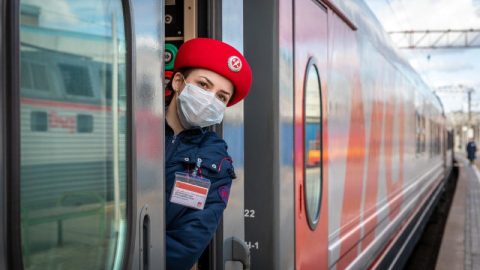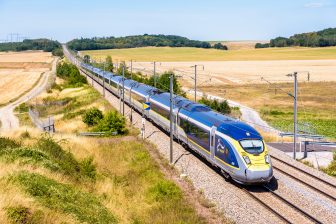
Russian Railways in fighting COVID-19 pandemic
A train conductor of Russian Railways, source: Russian Railways
The COVID-19 pandemic had forced Russian Railways to significantly change its operations. After suspending almost all the international trains, it is still running the domestic connections with some safety restrictions and disinfection campaigns. Additionally, the state-owned company has implemented the new requirements for the new rolling stock.
Want to read more?
You have read all of your free premium articles for this month. Please become a subscriber to keep reading.
Subscribe now!
Take advantage of our exclusive offer to get full access to all premium content.



